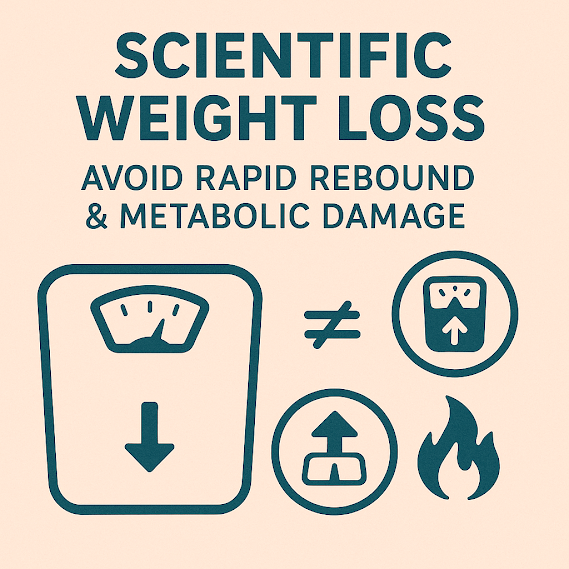5 Essential Tips for Effective Weight Loss with Skipping Rope
In a society that values slimness, many people turn to skipping rope for its simplicity and accessibility. But does daily skipping really help you lose weight? Yes, if done correctly! Follow these five key tips to maximize results while avoiding injuries.
1. Choose the Right Rope
Length
Adjust your rope so that when you stand on its center, the handles reach just below your shoulders. This ensures optimal control and rhythm.
2. Land on the Balls of Your Feet
Always jump and land on the forefoot (balls of your feet), not your heels or flat feet. This minimizes impact on joints and protects your ankles and knees. Landing improperly can strain your spine and cause headaches.
3. Avoid Hard Surfaces
Skip on grass, wooden floors, or soil to reduce joint stress. If you must jump on concrete, place a mat or rubber padding beneath you.
4. Double-Foot Jumps for Heavier Individuals
If overweight (BMI ≥25), use two-footed jumps or a light jogging step instead of single-leg variations. Limit sessions to 2–3 minutes at a time, taking breaks to prevent overexertion.
5. Skip If BMI Exceeds 30
Calculate your BMI:
BMI = weight (kg) / [height (m)]².
- Normal: 20–25
- Overweight: 25–30
- Obese: ≥30
If your BMI is 30+, avoid skipping to protect joints. Opt for low-impact exercises like swimming or cycling.
Final Answer
Can daily skipping help you lose weight?
Yes! Daily skipping burns calories and tones muscles, but only when done safely. Follow these guidelines to shed pounds efficiently without harm.











Comments
Post a Comment